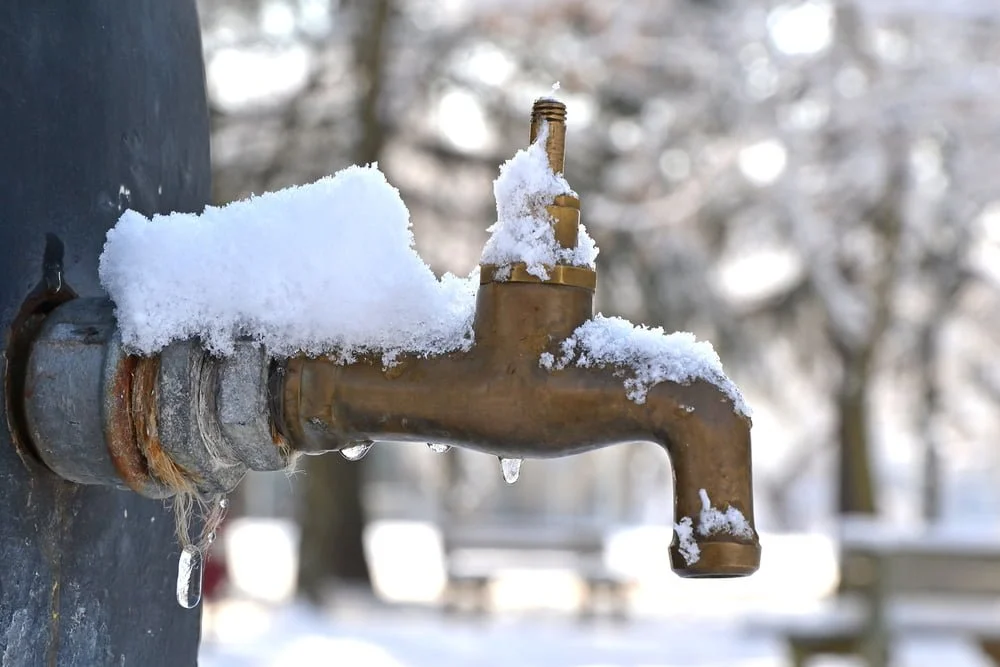We've uncovered this post pertaining to Prevent Frozen Pipes directly below on the net and accepted it made perfect sense to share it with you on this site.

Cold weather can damage your pipes, specifically by freezing pipelines. Below's just how to stop it from happening and what to do if it does.
Intro
As temperature levels decline, the danger of icy pipes increases, potentially leading to costly repair services and water damages. Comprehending just how to avoid icy pipes is crucial for home owners in cold environments.
Comprehending Icy Pipes
What creates pipes to ice up?
Pipelines freeze when exposed to temperatures listed below 32 ° F (0 ° C) for expanded periods. As water inside the pipes ices up, it broadens, putting pressure on the pipeline wall surfaces and possibly creating them to rupture.
Risks and damages
Icy pipelines can result in water supply interruptions, residential or commercial property damages, and pricey repairs. Burst pipes can flood homes and cause comprehensive structural damage.
Indications of Frozen Water Lines
Determining frozen pipes early can prevent them from bursting.
How to identify icy pipelines
Try to find reduced water flow from taps, uncommon odors or noises from pipelines, and visible frost on exposed pipelines.
Avoidance Tips
Insulating vulnerable pipelines
Wrap pipelines in insulation sleeves or utilize warmth tape to shield them from freezing temperatures. Focus on pipelines in unheated or external areas of the home.
Home heating methods
Keep interior spaces effectively heated up, especially areas with pipes. Open up cupboard doors to permit cozy air to circulate around pipelines under sinks.
Shielding Outdoor Plumbing
Yard tubes and outdoor faucets
Detach and drain pipes yard tubes prior to winter. Install frost-proof spigots or cover outdoor faucets with insulated caps.
What to Do If Your Pipes Freeze
Immediate actions to take
If you suspect frozen pipelines, maintain taps open up to soothe stress as the ice thaws. Utilize a hairdryer or towels soaked in hot water to thaw pipelines slowly.
Long-Term Solutions
Structural adjustments
Take into consideration rerouting pipelines away from outside walls or unheated areas. Include additional insulation to attic rooms, basements, and crawl spaces.
Upgrading insulation
Purchase premium insulation for pipes, attic rooms, and wall surfaces. Appropriate insulation aids preserve regular temperatures and lowers the threat of frozen pipes.
Conclusion
Stopping frozen pipelines requires positive steps and fast actions. By comprehending the causes, indications, and safety nets, homeowners can safeguard their pipes during cold weather.
5 Ways to Prevent Frozen Pipes
Drain Outdoor Faucets and Disconnect Hoses
First, close the shut-off valve that controls the flow of water in the pipe to your outdoor faucet. Then, head outside to disconnect and drain your hose and open the outdoor faucet to allow the water to completely drain out of the line. Turn off the faucet when done. Finally, head back to the shut-off valve and drain the remaining water inside the pipe into a bucket or container. Additionally, if you have a home irrigation system, you should consider hiring an expert to clear the system of water each year.
Insulate Pipes
One of the best and most cost-effective methods for preventing frozen water pipes is to wrap your pipes with insulation. This is especially important for areas in your home that aren’t exposed to heat, such as an attic. We suggest using foam sleeves, which can typically be found at your local hardware store.
Keep Heat Running at 65
Your pipes are located inside your walls, and the temperature there is much colder than the rest of the house. To prevent your pipes from freezing, The Insurance Information Institute suggests that you keep your home heated to at least 65 degrees, even when traveling. You may want to invest in smart devices that can keep an eye on the temperature in your home while you’re away.
Leave Water Dripping
Moving water — even a small trickle — can prevent ice from forming inside your pipes. When freezing temps are imminent, start a drip of water from all faucets that serve exposed pipes. Leaving a few faucets running will also help relieve pressure inside the pipes and help prevent a rupture if the water inside freezes.
Open Cupboard Doors
Warm your kitchen and bathroom pipes by opening cupboards and vanities. You should also leave your interior doors ajar to help warm air circulate evenly throughout your home.

We were guided to that write-up about How to Prevent Your Pipes From Freezing from an acquaintance on another blog. Feel free to set aside a second to share this article if you appreciated it. Thanks a lot for being here. Revisit us soon.
Free Estimate
Comments on “Avoiding Frozen Plumbing in Winter: Key Tips”